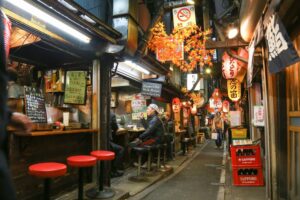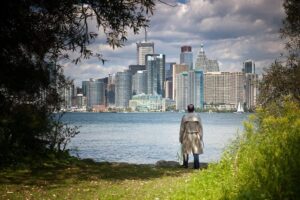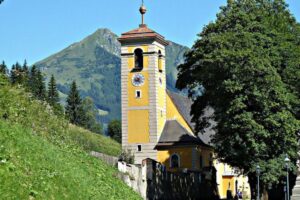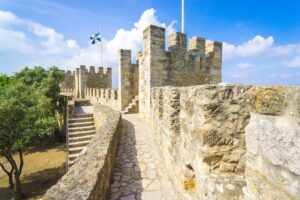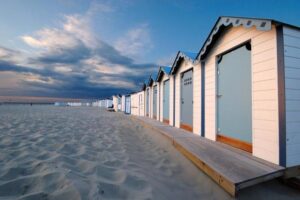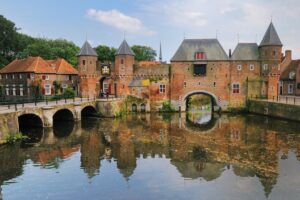
Top 15 Must-Do Activities in Amersfoort, Netherlands
Amersfoort is a picturesque city located in the Utrecht province of the Netherlands. Situated in central Holland, Amersfoort is positioned between Amsterdam, Utrecht, and Arnhem. As a municipality, the city has undergone significant development in recent decades, currently boasting a population of around 151,000 residents. With a history that traces back to the Mesolithic period, Amersfoort has been a site of settlement since 1000 BC, although it was not granted city rights until 1259. During this time, city defenses were constructed around a network of canals, the most notable being the Koppelpoort fortification.
Read More 
